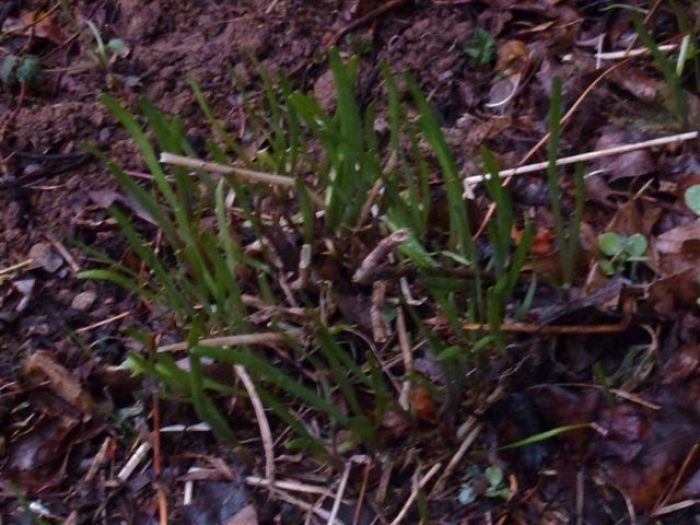
leap day—the 29th of February—only comes around every four years. A leap day is added during a leap year (also referred to as a bissextile year or an intercalary year), which is done as a corrective measure, since the earth does not orbit around the sun in exactly 365 days. Our standard Gregorian calendar year has 365 days (a common year), however during leap years there are 366 days. According to https://en.wikipedia.org/wiki/Leap_year, “Because seasons and astronomical events do not repeat in a whole number of days, a calendar that had the same number of days in each year would, over time, drift with respect to the event it was supposed to track.” So adding a leap year, helps to correct this drift.
The leap day is always on February 29 and these days are added to calendar on years that are evenly divided by four (ie: 2012, 2016, 2020, etc.). I never knew that. Of course, there are exceptions to the rule (because a solar year is just less than 365 and ¼ days)—a year that is evenly divided by 100 is not a leap year—except if it is also evenly divided by 400, which would make it a leap year. So, 1200, 1600, 2000, 2400 are all leap years, while years in between 1300, 1400… and on through 2100, 2200, 2300… are not. Pretty interesting, eh?
Wikipedia states, “The Gregorian calendar was designed to keep the vernal equinox on or close to March 21, so that the date Easter (celebrated on the Sunday after the 14th day of the Moon—i.e. a full moon—that falls on or after March 21) remains correct with respect to the vernal equinox.”
Recently, I was reading in my The Old Farmer’s 2012 Almanac—I like to check out their SKY WATCH each month, because it keeps me abreast of the heavenly bodies moving about in the night sky. And the moon and Venus and Jupiter have been simply dazzling the past week or so. Coincidentally, the last line of February’s Skywatch notes, “Leap Day, the 29th, shifts the calendar so that 2012’s equinoxes and solstices occur earlier than in any year since 1896.” And so of course, I leafed through the upcoming entries and I’ll be darned if this year our spring equinox is on March 20; summer solstice is June 20; autumnal equinox is September 22; and winter solstice is December 21.
Now here are just a few more fascinating facts about leap day. Did you know that someone born on leap day might be referred to as a “leaper”or a “leapling”? These persons who are born during a leap year on February 29 have to choose whether to celebrate their birthdays on February 28 or March 1. Most choose March 1, since it follows February 29, however legally it can depend on local laws.
Also, on this gardener’s radar is the recent publication of the new USDA’s Interactive Plant Hardiness Zone Map. Check out your zone at https://planthardiness.ars.usda.gov/PHZMWeb/. This Web site states, “The 2012 USDA Plant Hardiness Zone Map is the standard by which gardeners and growers can determine which plants are most likely to thrive at a location. The map is based on the average annual minimum winter temperature, divided into 10-degree F zones.” You can type in your ZIP code and find out your hardiness zone. You can also download hardiness maps of the U.S. or your state.
About half of the continental United States has shifted a half zone warmer. My Maryland zone 7b garden is now zone 7a—not that that will make much difference in what or when I plant. The USDA states that this updated map, a major revison, is based on averages—as well as 30 years of weather measurements, collected from nearly 8,000 weather stations and uses new technology from global positioning systems, computers and software.
I find that the tools and information which are available to us gardeners simply fascinating—from age-old calendars and almanacs to updated plant hardiness maps—I enjoy learning new things and the thought process of how these things are all related. Whether we use them or not, spring is in the air and we will soon be out in our gardens digging in the garden earth.
If today is your birthday—happy birthday leapling!


















Comments
Log in or create an account to post a comment.
Sign up Log in